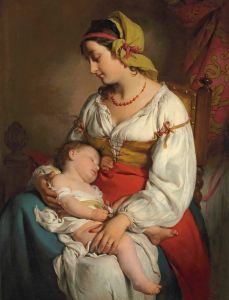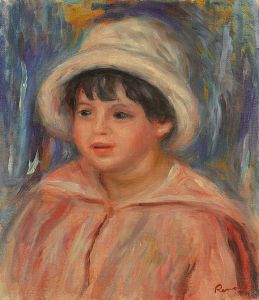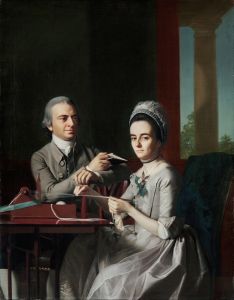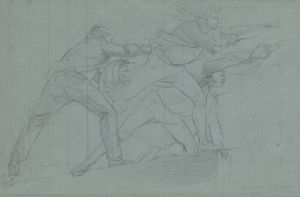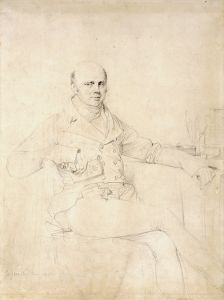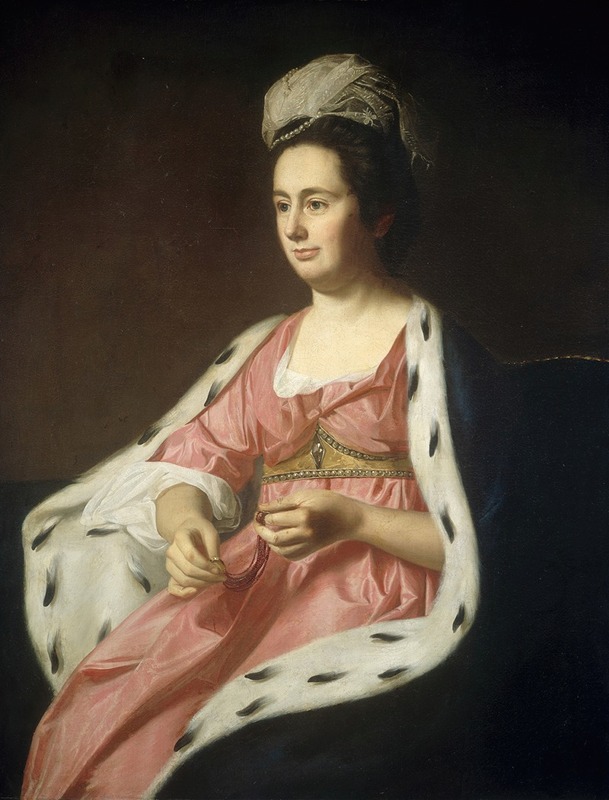
Abigail Smith Babcock
A hand-painted replica of John Singleton Copley’s masterpiece Abigail Smith Babcock, meticulously crafted by professional artists to capture the true essence of the original. Each piece is created with museum-quality canvas and rare mineral pigments, carefully painted by experienced artists with delicate brushstrokes and rich, layered colors to perfectly recreate the texture of the original artwork. Unlike machine-printed reproductions, this hand-painted version brings the painting to life, infused with the artist’s emotions and skill in every stroke. Whether for personal collection or home decoration, it instantly elevates the artistic atmosphere of any space.
John Singleton Copley was a prominent American painter in the 18th century, renowned for his portraits of important figures in colonial New England. One of his works is the portrait of Abigail Smith Babcock. However, specific information about this particular painting is limited, and it is not as widely documented or studied as some of Copley's other works.
Copley was born in Boston, Massachusetts, in 1738, and he became one of the most influential artists in America before the Revolutionary War. His portraits are celebrated for their realism and attention to detail, capturing not only the physical likeness of his subjects but also conveying a sense of their personality and status. Copley's work is characterized by his use of rich colors and his ability to depict textures, such as fabrics and skin, with remarkable precision.
Abigail Smith Babcock, the subject of this portrait, was a member of the prominent Smith family in colonial America. The Smith family was well-connected and influential, which likely contributed to Copley's commission to paint her portrait. Unfortunately, detailed records about Abigail Smith Babcock's life and her significance in history are sparse, making it challenging to provide a comprehensive biography or context for her portrait.
Copley's portraits often served as a means for the colonial elite to assert their social status and wealth. By commissioning a portrait from Copley, families like the Smiths could demonstrate their cultural sophistication and their connection to the burgeoning American art scene. Copley's ability to capture the essence of his subjects made his portraits highly sought after by the colonial gentry.
The painting of Abigail Smith Babcock would have been executed in Copley's distinctive style, which often included a focus on the sitter's face and hands, with careful attention to the details of their clothing and accessories. Copley was known for his ability to render the textures of different materials, such as silk and lace, which added a sense of realism and depth to his portraits.
While the specific details of the Abigail Smith Babcock portrait are not widely documented, it is likely that the painting reflects Copley's typical approach to portraiture, emphasizing the dignity and refinement of his subject. The portrait would have been intended to convey Abigail's social standing and personal attributes, serving as a lasting testament to her place within the colonial elite.
In summary, while there is limited information available about the specific portrait of Abigail Smith Babcock by John Singleton Copley, it can be understood within the broader context of Copley's work and the cultural significance of portraiture in colonial America. Copley's portraits remain an important part of American art history, providing insight into the lives and identities of the people who shaped the early United States.






